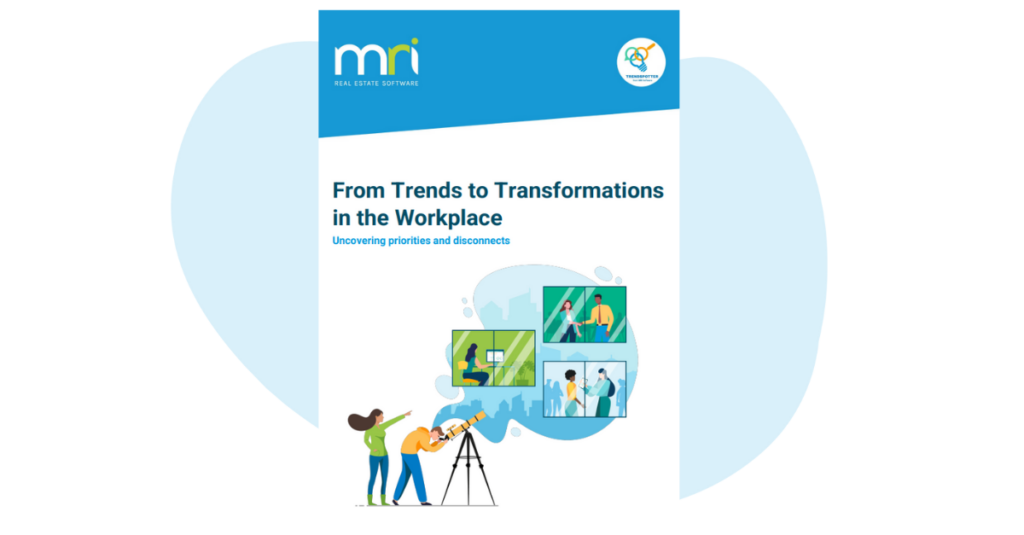The changing landscape of retail real estate
The concept of ‘reinvention’ seems to be on everyone’s lips across many disciplines, many sectors, and many organisations, due to the global economy and business landscape evolving. Global challenges pile pressure on organisations to become more innovative and find ways to create and sustain success. ‘Reinventing the workplace’, ‘reinventing real estate’, and are we now firmly in the midst of the ‘reinvention of retail’?
Thus, retail real estate shouldn’t be any different. We aren’t just seeing the reinvention of retail from a customer experience perspective; we are also seeing it through new store designs as well as increased footfall. The future of the high street and shopping centres has been under the spotlight for quite some time, especially now that the pandemic has further impacted buying behaviours. This has piled the pressure on retailers and retail landlords to accelerate strategies and consider new and unforeseen scenarios.
Here are three key trends that are driving the reinvention of retail real estate.
Changing dynamics of lease terms
Long-term leases have been a staple of retail space in real estate for decades. Longer-term commitment in exchange for lower base rents, alongside more opportunities to review and negotiate costs across the lifecycle of the lease have been implemented through open market rent reviews. However, this seems to have become a thing of the past. At MRI Software, we’ve seen the average lease term for retail clients decrease rapidly to around five- or six-years with three-year renewals – terms that landlords might not have considered before the pandemic. This puts more importance on the initial lease contract negotiation with what is becoming a lifecycle. With little-to-no open market reviews, negotiation opportunities arrive only at the point of the renewal or break option.
New requirements for rent models
Turnover (sales or percentage) rents have been present in retail portfolios for many years, but the conversation with senior stakeholders within retailers has transitioned from “we try to avoid them” to now having a very defined strategy to push for all leases to be turnover based. Today, many C-suite executives at MRI retail clients are reluctant to execute lease contracts that do not include a turnover element. The market already seems more balanced in such a short space of time across larger portfolios where the split between turnover-based rent models and conventional rent models is becoming more aligned to 50/50, with the strategy to tip the turnover scales even further through effective negotiations. This seems to be an acceleration from the impact of the pandemic, with pressure on coverage during uncertainty. There also seems to be an increase in all-inclusive turnover rent models with business rates and service charge, from what more conventionally used to be base rent plus top-up, or pure turnover rent. Whilst all this can inevitably benefit both the landlord and occupier from a sustainability and successful partnership standpoint, it creates more work and strain on resources when it comes to producing accurate payment and collection schedules.
Increasing complexity of leases
The challenges of the last two years have significantly impacted real estate occupancy and utilisation, and as a result, we are now seeing pandemic provisions being built into agreements across the board. For retailers, we are seeing provisions covering potential store closures with examples such as the ability to claim up to three months’ rent back per year, or a 50/50 liability split during such a period. It’s also worth noting the language around suspension of payments which was a common theme in the early stages of 2020. If we rewind to those very first unprecedented national and global lockdowns, much of this became a power struggle between landlords and occupiers, with occupiers suspending payments indefinitely, whilst others struck temporary agreements for rent free periods and smoothing rents over smaller periods (i.e., UK quarterly temporarily moving to monthly). We also found occupiers and retailers acting into their own hands to preserve their business during such a difficult economic period. Another area of interest is how lease contracts, along with landlord and occupier relationships play out when the occupier is an essential retailer, who inevitably keeps their store doors open throughout lockdowns. Despite having their stores open to serve the communities, there will naturally be a huge drop in footfall and a potential drop in revenue, yet the clauses in typical pandemic provisions don’t necessarily cater out of the box to these retailers. As such, negotiated and compromised positions to cover these eventualities are key, given little to zero negotiation power in existing leases would potentially have a huge impact on the organisation’s long-term sustainability.
Reinventing the future of retail real estate through PropTech
The evolving nature of retail real estate continues to create more questions, more opportunity, along with a potential power shift, which presents one question: ”Is the occupier now holding the cards?”
One thing is for sure – retail’s unique position in the world of real estate continues to develop its own nuances and complexities across the board, and reinvention is paramount. More frequent renewals, more frequent expiries, more obligations, and more provisions that once didn’t exist now need to be tracked, managed, and negotiated. Stronger relationships and communication channels between landlords, local authorities, and occupiers are pivotal. Real estate certainly has secured its seat at the executive table in retail organisations, and now it requires the right technology tools to address these new challenges.
We have seen the acceleration of the real estate industry’s digital transformation, and delaying the adoption of technology and innovation is no longer an option. Successful retail occupiers will leverage a defined strategy together with flexible PropTech solutions to take on the future.
Software solutions and services for workplace management, lease administration and lease accounting.Workplace

From Trends to Transformations in the Workplace – Uncovering Priorities and Disconnects
In partnership with CoreNet Global, MRI Software conducted a survey of real estate professionals around the world to examine emerging trends in office transformations. These insights provide a global perspective, with input from the APAC, EMEA, North…

